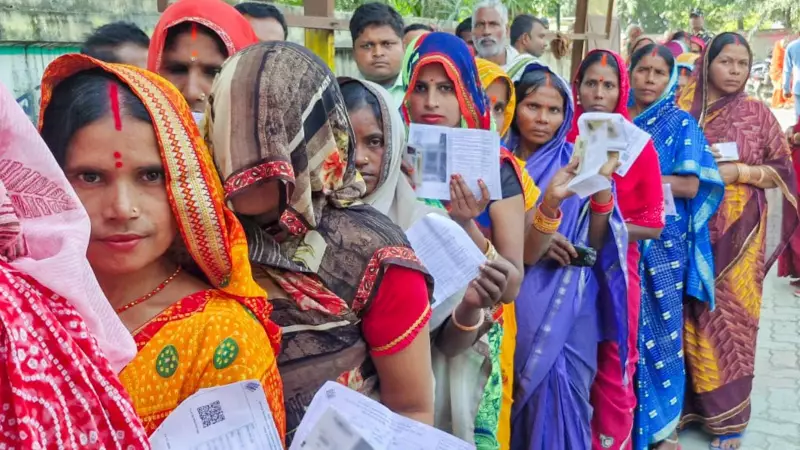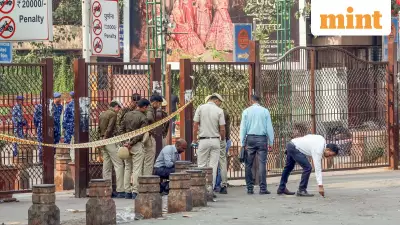
In a historic display of democratic participation, women voters in Bihar have shattered all previous records during the 2025 Assembly elections, creating a new benchmark for political engagement across India.
Record-Breaking Numbers
The recently concluded Bihar Assembly polls witnessed an unprecedented phenomenon where women's voter turnout reached an impressive 71.6%, dramatically outpacing male voter turnout of 62.8% by a massive 8.8 percentage points. This marks the largest gender gap in voting participation ever recorded in the state's electoral history.
Even more significantly, women appear to have out-voted men in absolute numbers for the first time in Bihar's political landscape. Despite having fewer registered voters - 3.51 crore women compared to 3.93 crore men - the turnout percentages indicate that approximately 2.52 crore women exercised their franchise compared to 2.47 crore men, resulting in at least 5 lakh more women voters than their male counterparts.
Historical Context and Progressive Trend
This remarkable achievement continues a trend that began in 2005, when JD(U) leader Nitish Kumar first assumed the chief minister's office. Women have now out-voted men in five consecutive Assembly elections in Bihar, with their participation rates increasing at a much faster pace than men's.
The previous record was set in 2015 when women's turnout exceeded men's by 7.16 percentage points. The current gap of 8.8 percentage points represents a significant jump, highlighting the accelerating pace of women's political engagement.
This transformation becomes even more remarkable when viewed against historical data. Before 2010, when women's turnout first exceeded men's in Bihar, every election from 1962 onwards saw men out-voting women. The gender gap was particularly stark in 1977 during the post-Emergency Assembly elections, when men's turnout exceeded women's by 23.17 percentage points.
Broader Electoral Patterns
The trend of increasing women's participation isn't limited to state elections. In Lok Sabha elections, female turnout in Bihar began exceeding male turnout only in 2014, with a gap of 2.75%. This gap widened to 4.68% in 2019 and reached 6.45% in the 2024 general elections - the highest recorded gap in parliamentary elections for Bihar.
Interestingly, the 2025 Assembly elections are the first polls conducted after the Election Commission's Special Intensive Revision (SIR) drive, which began with Bihar. This exercise saw far more women than men voters getting deleted from electoral rolls, making the record turnout even more significant.
While male turnout has consistently risen since 2005, the current male turnout of 62.8% remains considerably below the peak male turnout of 70.71% recorded in 2000 - the last election before Jharkhand was carved out of Bihar.
The overall voter turnout for the 2025 Bihar Assembly elections reached a record 66.91%, with women's massive participation playing a crucial role in achieving this milestone. This democratic surge among Bihar's women electorate signals a transformative shift in the state's political landscape and sets a powerful example for the rest of the nation.





